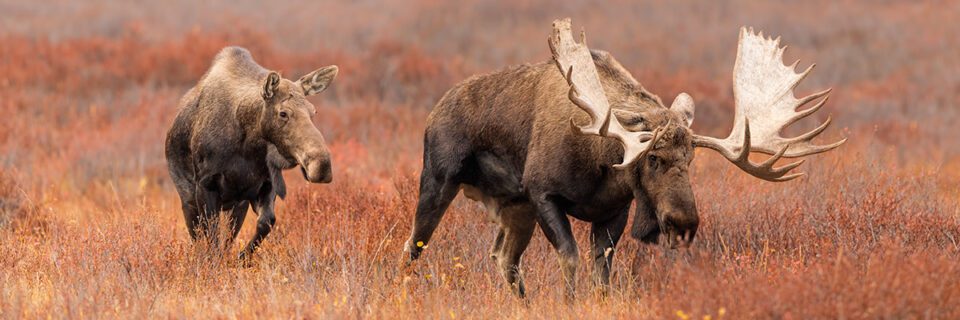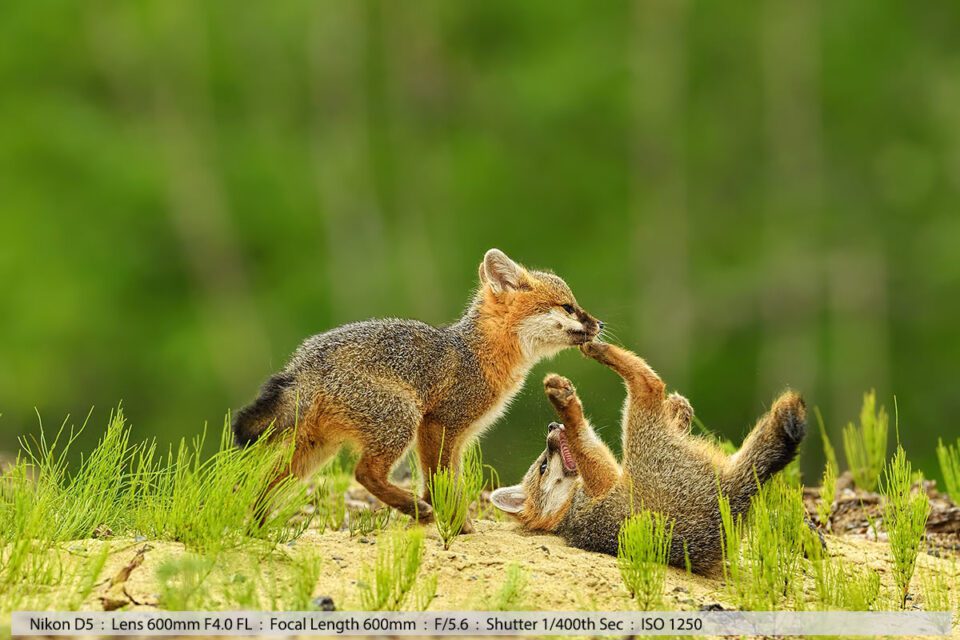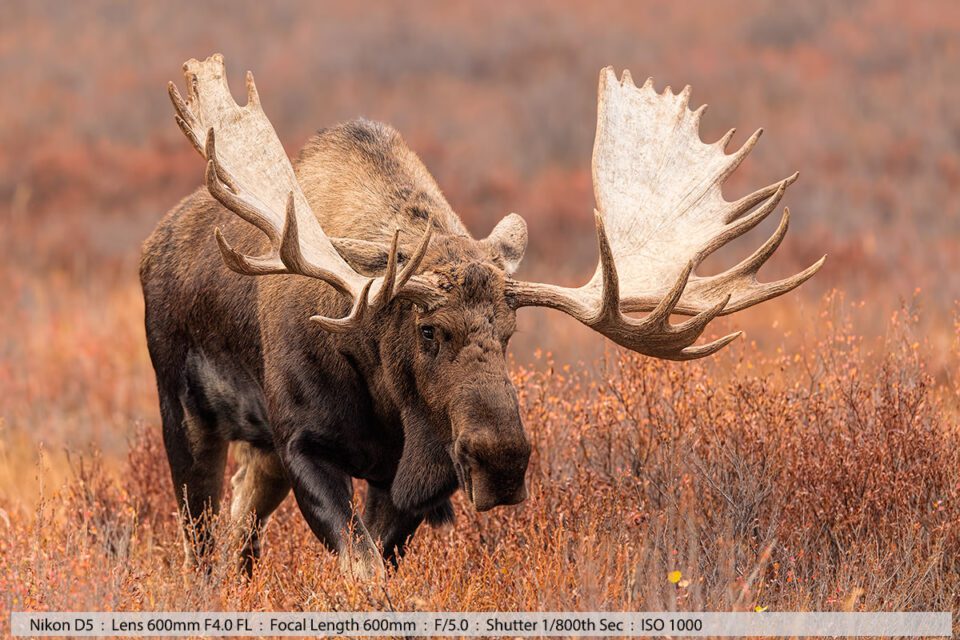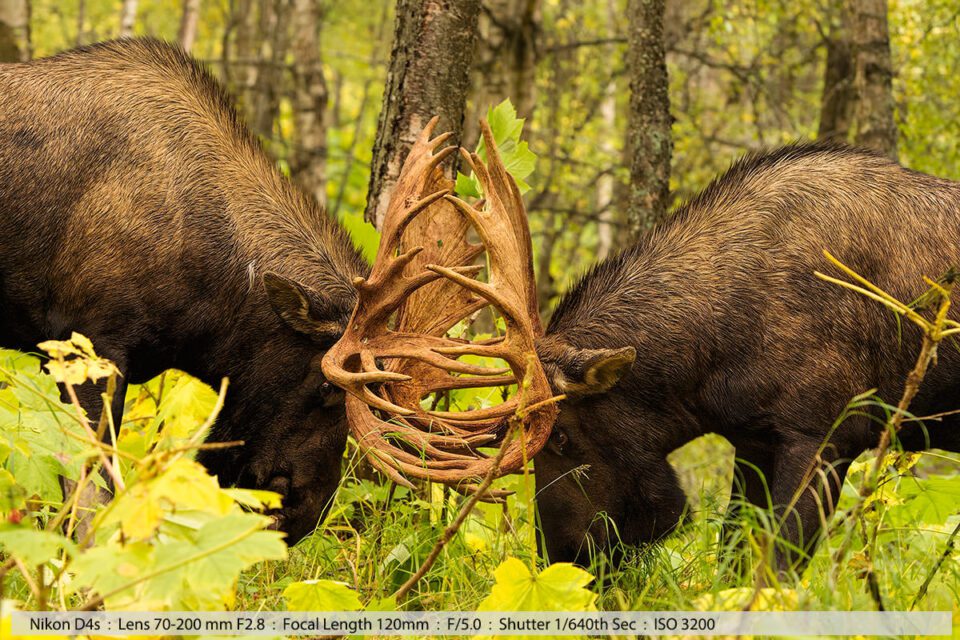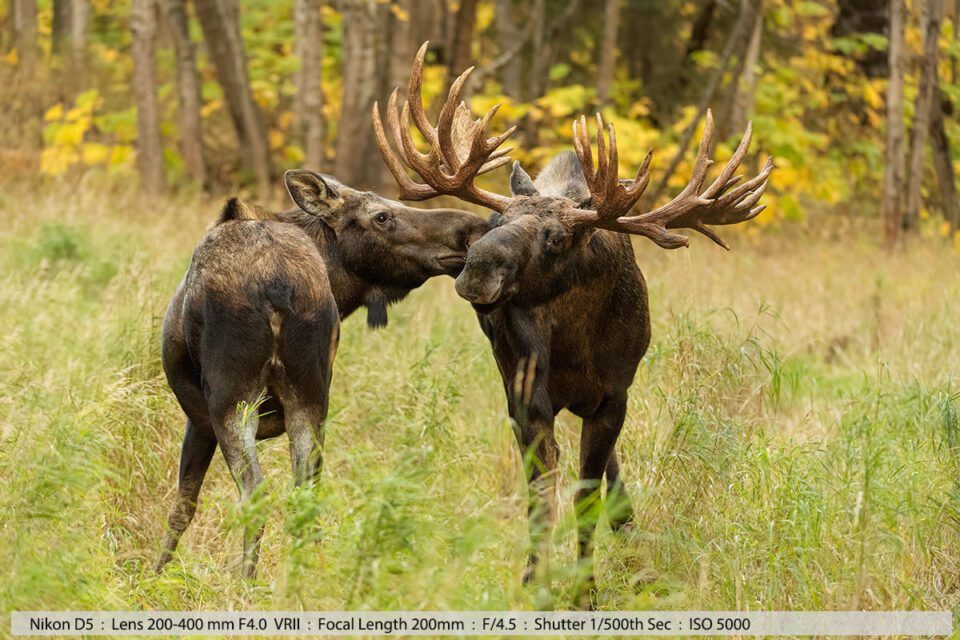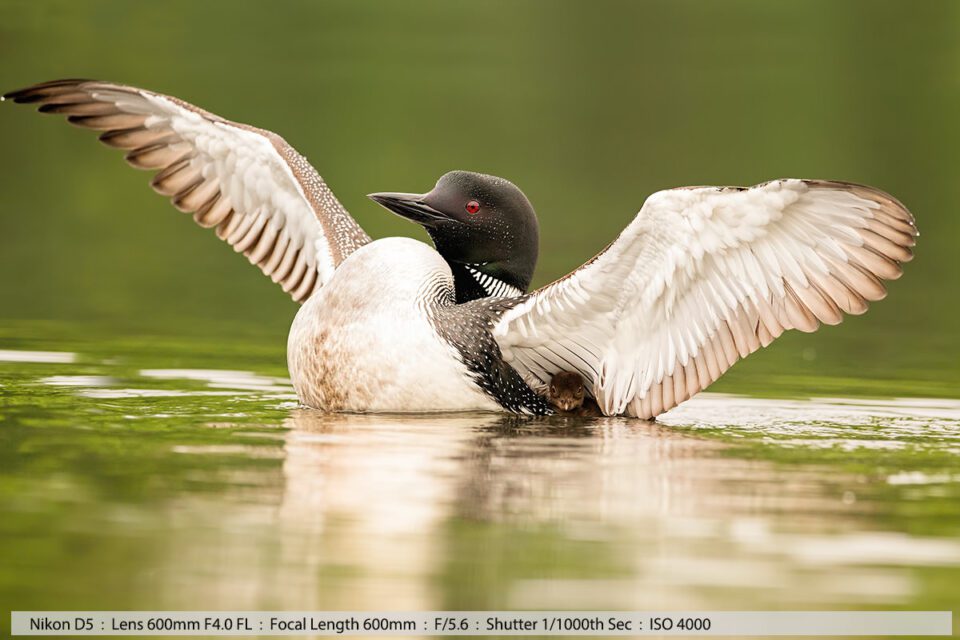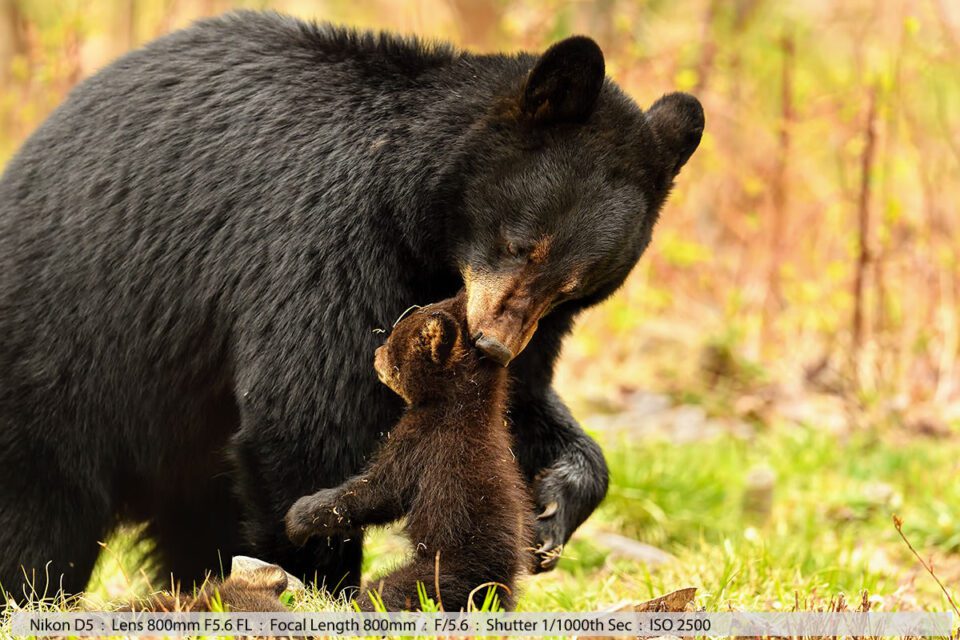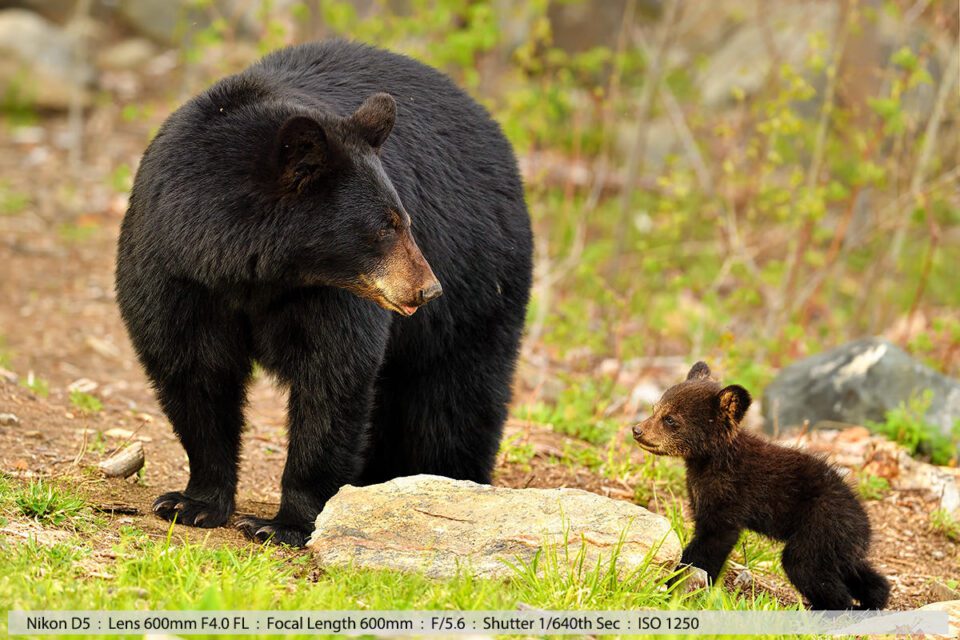It’s been a while, almost 5 months since my last post, so lets see where the typing leads me and if I can still remember how to write an engaging article. Now I do remember a little thing called a “pre-nup” that I have with the readers of PL. It kind of goes like this: “I’ll try and give you some of my thoughts and ideas on how I do things, you might read or not read it all, however you will try and leave anything behind you don’t find useful in this article and move on with your life without attacking me”. Phew! Now we got that over we can start – LOL (Laughing Out Loud), you are welcome to try that once in a while 🙂
What Makes a Good Wildlife Photo?
I don’t know, so don’t ask me – just kidding!
I think an extremely important element is some sort of story-telling in the image. What story does your photo convey, or more importantly, what do you want it to convey to people who see it? Let’s digress off-track a little – this whole story-telling concept as it relates to a photo sounds like a great idea, but do all photos really tell a story, or do some photographers just click away with no concept of story telling? I think the answer to this lies in both the viewer of a photo and the taker of the photo; some viewers may never see a story and some may see stories in your photo you never dreamt of. I suppose that’s the beauty of photography – it means all kinds of different things to all sorts of people. I don’t specifically see a story when I take a photo, I see an image or a moment in my mind’s eye and try to capture such a moment or try to frame moments I think can make a connection with people. So maybe for me, the story-telling is the making of a connection between the photograph and the viewer. If I can do that, then I have succeeded.
How does that help you? I don’t think it does, other than, when you take your photos, there are certain photos that really grab you, that pull you, or speak to you. Maybe those are the photos you are most proud of and those are the ones you want to show and sell to people. Hopefully, the story you see in them, is one that can be conveyed and others will see the beauty as you do – that is one of the most difficult tasks as a wildlife photographer I face, especially when there is a photo I might really love to death, but no one wants to buy it – tough love that is – Big time.
Lets pick a few photos apart and see what stories and beauty I might hope to convey to customers who might purchase my photos. Before we do that, I think the holy grail of wildlife photos is interaction photos: mama interacting with a baby, female showing affection to male or vice-versa, or even aggressive photos like some wildlife being threatened. There are many more than this, but the reason I think they are the holy grail, is because I think it’s so easy for the viewer to place a personal moment or thought they had and make it relate to such photos, thus making them more attractive to potential buyers. I have many single subject photos that show none of that, but I still hope to make a connection with the viewer with the content of that photo, and its both of those I want to touch on.
Lets start with a single subject photo I recently took at Denali NP this September:
This bull was big, so big (70 inches), that you could see his paddles (antlers) from a long way away. When I first found him, he was half way up a big hill, but his antlers were like a beacon, you couldn’t miss them! You knew he was big and he was going to be a beauty of a bull. How does this relate to story telling? Well, if I want the viewer to see him as I did, I somehow have to convey that size and awe in a photograph; I have to pick a photo that tells his story of size and power. For me, this photo does just that and the elements of the photo that help sell that story are:
- He is powering forward, almost coming at you, almost intimidating
- The photo I chose shows his rack in such a way, you can see the size – they reach out, the angle is perfect to show size. Note: some angles make antlers look smaller than they really are.
- The photo feels close – the size in the frame helps signify the subject, there is eye contact and there is no obstacle between him and me that takes away from that.
- When I print this photo using our media and methods, he looks like he is going to walk right out of that frame
I feel I managed to convey size and power, maybe even awe and beauty, which were all the things I felt when I saw and photographed him. With that in mind, I think my photo tells or shares his story. I also hinted in the bullet points above about conveying size – don’t undo all your beautiful effort to find such a huge bull moose, only to select a photo that makes him look smaller and thus then tells a completely different story.
The first photo of the fox kits playing has many elements of a self-telling story:
- The conveyance of action – 1 kit running and 1 rolling
- The sand particles flying from the foot helps in conveying action
- Happy, joyful feel of the fox kits and a beautiful environment in which they are playing in
- This story speaks of youth, happiness, playfulness, fun, fearlessness and carefree moments.
This 58 inch bull with 40 points (an impressive moose) fighting an equivalent big bull moose is one type of a holy grail photo for me. This is a rich story-telling photo has many elements that make it both hard to get and visually appealing on its own.
- Both moose are impressive and their fighting is the story of power and dominance that many people can relate to.
- Eyes are visible and sharp on both moose, you can see they are focused on each other and your eyes make a connection with theirs
- An environment that leaves viewers with no doubt that we are in the thick of the woods where moose live
- Even though the environment is busy, there are no obstacles in front of the moose in critical areas, thus enhancing the scene.
Viewers of your photos don’t necessarily know what you went through to get a photo like this, or maybe even what it takes to get a photo like this. They kind of don’t care in a way, the photo either grabs them, gets their attention or it doesn’t. However if you are in the fair (craft show) booth when you see them interested and you start telling the story of the photo and how you got it, they get it. They want to imagine themselves there, they enjoy the story you are telling them and whether or not it results in a sale doesn’t really matter – for a moment in time, your story and the story of your photo took them there – that’s the power of photography. Now, I know I have some attentive readers out there, who will immediately notice the 120mm focal length. Well, what can I say, it was intense, I was temporarily brave and got in the midst of it. Occasionally, it happens that way. I wasn’t stupid about it: I do understand moose, I even speak moose (moose sounds and calls) and I understand the risks and in this instance I thought I could get the photo with no loss of life or limb 🙂
Sometimes People Who See Your Photos Have No Idea of The Back Story
Lets talk about the beautiful bear picture below:
There is plenty of story already built into the photo, but one thing you know as the taker (photographer) of the photo, is the rarity of this setting, say; as it relates to many other photos out there. More explanation is needed here obviously; black bears in beautiful foliage are not so common. If you Google “black bear in foliage”, you only find half a dozen images compared to say Googling “moose fight”. But people have no idea that you have managed to get this kind of photo, they just care whether or not they like the look of it. This is where meeting and talking to people (customers) say at craft fairs is very helpful. You get to tell the story of the photo, you get to suggest Googling it, you even get to tell your whole story of the photo. Trust me, it does make a difference. Now one way to help this whole story is to sell this photo during the foliage season – then the connection is already made for a lot of people. The story-telling elements of this bear photo for me are:
- The hint of foliage in the background tell the tale of what time of the year it is (fall)
- The fullness of the bear and a beautiful thick coat, tell of a readiness to go to den / hibernation and add to the notion that it is late in the year
- The eye contact draws you in and helps make a connection
- Bears tend to have a great connection with humans; maybe we see a human element in bears
- The hint of different colored fallen leaves again enhances the story of a bear during fall
- Of course she is beautiful, which never hurts 🙂
I won’t go into the below moose interaction photo too much, but important story-telling element of this photo is the expression of love between these two moose:
It makes for an instant connection with people, especially those who love moose. It doesn’t hurt that he is a big 58 inch moose with an approximately 40 point rack, impressive by any standards.
You Too Have A Story
When people start buying your photos, they will start to want to know more about you – who you are, where you come from, why you do it, “wow you took all these photos”, “you must travel a lot?”, they want to know your story. Be prepared to tell that story and be prepared to tell the story of your photos! Not everybody wants to know, but many do and it helps make a connection with your customers and have them coming back many more times.
Your story is important. It is an important element of your photography:
- Who are you, where are you from, how do you do it?
- What type of equipment do you use and why?
- What type of quality does your photography represent? (poorly over or under-exposed, blurred and soft, sharp and crisp, full of story and content)
- Your photographs are a part of you, they in essence are your story. Make sure that you are proud of those images and the story they tell
Babies never hurt in telling a story and making a connection; the loon pic above is one of those. Most people don’t even see the tiny baby under the wing at first, but then you tell the story of the photo and now they can’t un-see it (so to speak).
Don’t let your story be about poor photos with bad exposure and horribly blurred subjects. Set your standard, then evaluate your photos by those standards. Be proud of what you have achieved. This will help you immensely when telling your story and that of your photos. Trust me, many kinds of photos sell at fairs and craft shows – those with bad exposure, soft subject(s), bad light, just plain bad photos – but you don’t want that to be your story, do you?
Some photos sell regardless of what I said above – just because of the cuteness factor eg: cubs, babies, wow factor – I even hear many photographers say “who cares about quality, it will sell anyway” – don’t let that be you – please! Always, always care about your story and that of your photos.
Look, the female black bear picking up her tiny (1st week of May cub) is another holy grail story-telling photo for me. It has many, many story-telling elements and emotions in the photo:
- The gentleness of how she picks up the cub
- The hint of a second cub (ears) at the bottom of the frame
- The way her paw is reaching out to support the cub
- The tiny size of the cubs – the preciousness of the moment
- The relationship between the mother and the child, so to speak.
Look, great photos will always sell themselves. Sometimes poor ones do too 🙁 – but try and see your subjects’ stories, try to convey them in your photos, tell them proudly when you show and sell them. Anyone can take a photo, but try to make yours beautiful and meaningful!
I will leave you with this story-telling photo (black bear looking back towards her tiny cub and it looking at her for guidance and comfort). I think this image can have different stories for different people. It can be seen in many ways, depending on personal experience of the viewer. So I will leave it to you to see the story here – please share what you feel about the photo in the comments section below!
Hope to see you out there! Remember, get out and get into it – always work to improve your photography. It truly is a wonderful journey.
Regards,
Robert Andersen
The post Wildlife Photography Tips – Telling A Story appeared first on Photography Life.

